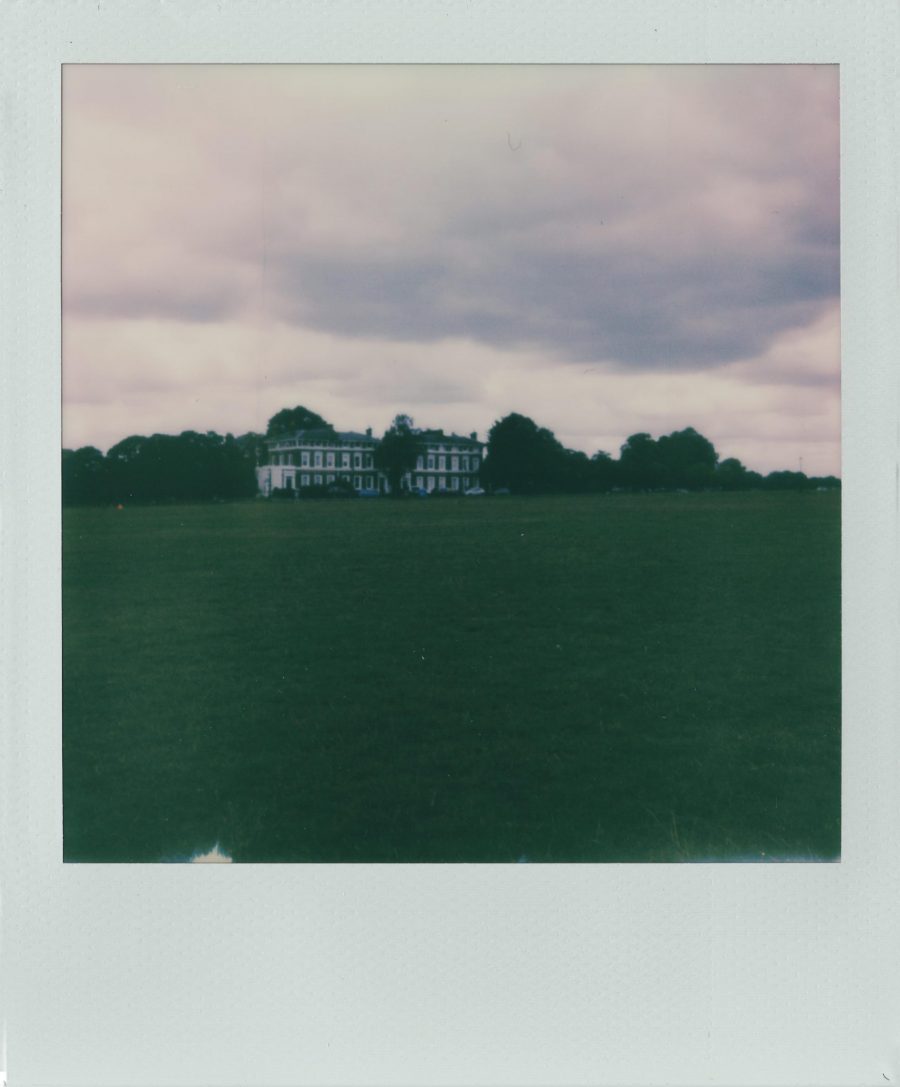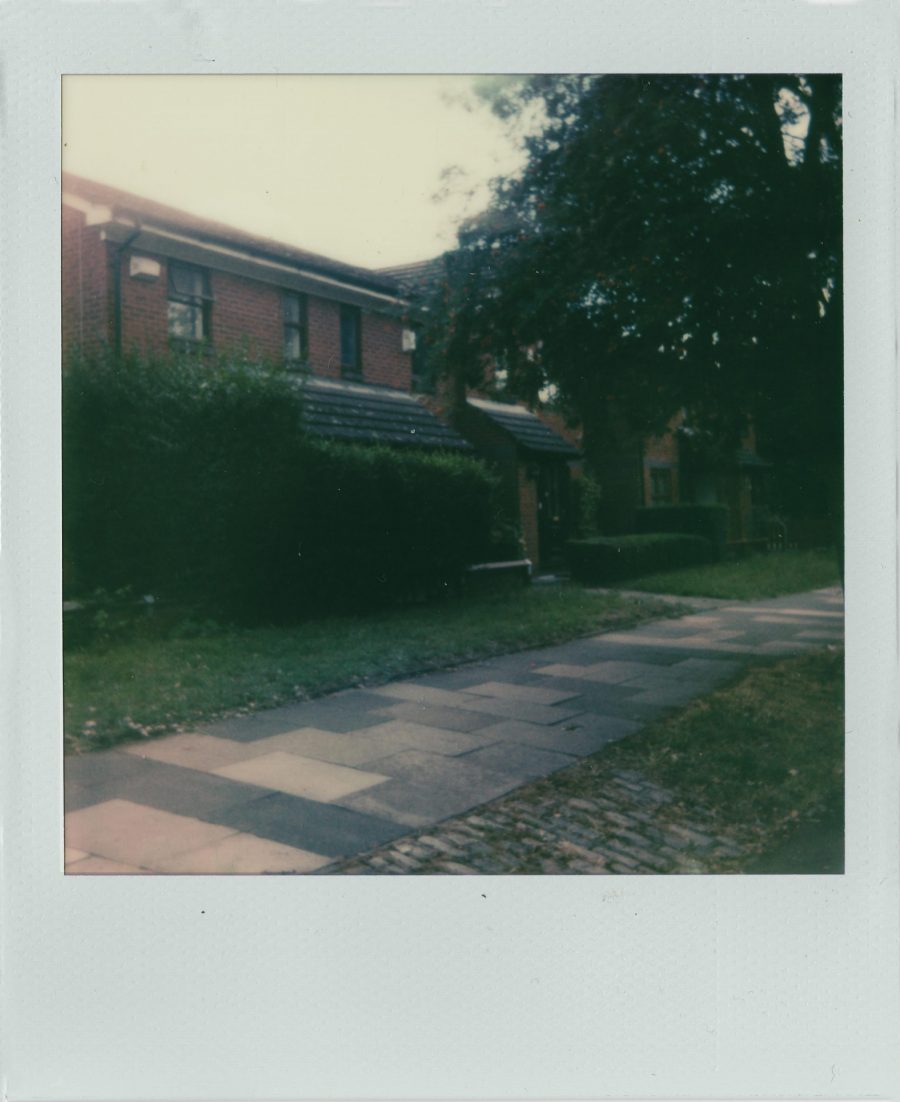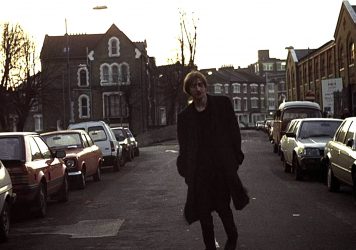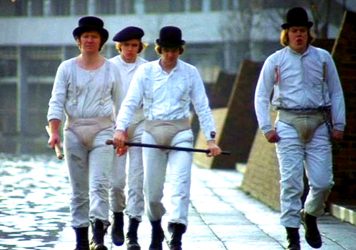
Alan Clarke’s relationship with the BBC arguably produced one of the most important bodies of work in British cinema. A man whose filmmaking courted controversy at almost every turn, the so-called Bresson of Birkenhead, as Andrew Collins once named him in The Guardian, dealt with all aspects of British society, often with uncomfortable honesty.
In doing so, Clarke ventured into spaces and places rarely shown in mainstream British cinema, finding visual drama in explicitly domestic locales. Clarke’s cinema is full of architectural contrasts, yet few of his films capture the range of different social classes and places as effectively as his controversial drama The Firm, made for the Screen Two anthology series and broadcast on 26 February, 1989.
The Firm is typical in terms of Clarke’s later work. It follows a “firm” of hooligans known as the Inter City Crew led by successful estate agent Bex (Gary Oldman), based on the infamous exploits of the Inter City Firm of West Ham fans in the seventies and eighties. They comprise of groups of men who use football as an excuse for violent brawls with other firms, in particular the Buccaneers led by Yeti (Phil Davis). Their violence and hedonism makes Fight Club look like a gentile outing.
With an upcoming season in Europe, Bex is recruiting for an international firm to fight abroad in Holland. However, there are arguments about who will lead it so Bex’s firm must prove they are worthy of the fight and take on both Yeti’s mob in South London as well as their other rival firm in Birmingham. But how far will these men go to get their buzz from extreme violence and will the respectable veneer of everyday life remain intact?
In spite of a brief excursion to Birmingham for the fight with Oboe (Andrew Wilde) and his mob, The Firm is a London film, or more specifically a South London film. Clarke is explicit in showing no bias as to where the men who partake in such violence roam, particularly because he wants to show this sideshow to be run almost exclusively by yuppies and higher earners as opposed to the usual image of being a predominantly working-class preoccupation.

The film opens with Bex showing a rich couple a huge property in Kidbrook Grove in Blackheath before cutting to a football match taking place on Blackheath itself. All Saints church and the buildings on Talbot Place are seen just as Yeti drives his crew onto the pitch and interrupts the game. Visiting the area today, nothing has changed except perhaps for the weather.
The contrast between rich and poor areas is almost constant throughout the film. Bex has a sizeable income and owns his own house near the river in Thamesmead while still drinking in the run-down boozer in the estate, ironically now a Christian Centre. No part of London is out of bounds to either the characters or Clarke’s camera. Even during the trip to Birmingham later on, that same contrast between different architectures and areas is present, moving between the Bull Ring and Oboe’s suburban house where he has his eyes sliced with a Stanley knife in revenge for an attack made on ICC newbie, Yusef (Terry Sue-Patt).
The Firm is essentially a film about power. Clarke’s back catalogue is full of films that deal expertly with this – both versions of Scum in particular – and he has shown himself to have a keen eye for the settings of these highly tense dramas. The tension arguably feels more palpable because the locations are so ordinary, exaggerated further by the contrast built between the actions of the characters and their strange moments of polite conversation.
In between organising fights in the living room, one man will take offence at not being offered a cup of tea. When in the middle of another rant, verging on exploding into violence, Bex starts discussing his A-levels. All of the indications are that these are ordinary people, from their dialogue to their houses. It’s only when they get together in groups that something more terrifying and primal comes to the fore.

Bex’s house is a pivotal location in the film, especially as it’s where the character’s home-life with Sue (Lesley Manville) brilliantly disintegrates, and so this was the main location chosen to visit. The house sits on Mallard Path not far from Plumstead station, a road now entirely pedestrianised, making it difficult to find. The road in the film is seen when Bex is examining his vandalised motor as his father looks on in dismay; the house seen inside and out. It leads eventually to the underpass where the police later emerge to tell Sue the news of Bex’s final fight with Yeti.
“It’s about belonging,” suggests one of the group in the film’s fourth-wall break finale, explaining why they do what they do. This is a film about masculinity in free fall; men who have everything that society tells them they need, and yet are still left with a dangerous lack of meaning in their lives. They have turned to the most bestial of pleasures and it all occurred in the bland suburbia of the city, the streets all around us.
Published 23 Jan 2021

By Adam Scovell
Despite the widespread gentrification of east London, this quiet street appears much as it did in 1993.

Alan Clarke’s made-for-TV classic remains the most authentic film about football hooliganism ever made.

By Adam Scovell
Visiting the southeast London estate featured in Stanley Kubrick’s 1971 film makes for a dystopian experience.